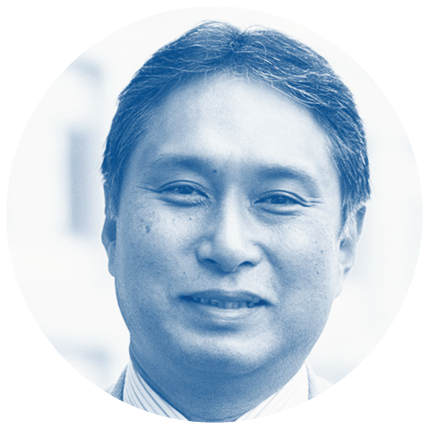New survey visualization: merging photogrammetric 3D model with a multibeam bathymetry
Precise mapping enables us to accurately survey and describe seafloor geomorphology and improve our understanding of environments in coastal areas. The multibeam survey method provides accurate bathymetric information about seafloors. The author and his research colleagues have been conducting multibeam bathymetric surveys and mapping coastal seafloors with a horizontal grid with the size of 1–2 m in the Ryukyu Islands, southern Japan.
Moreover, photogrammetry has frequently been used to map underwater terrains in the past several years. Photogrammetry provides high-resolution textures of targeted areas underwater. However, the obstacle of this application is its limitation of survey areas. It is not practical to use photogrammetry to capture areas larger than a hundred square meters.
The author and his research colleagues experimented with a new method to map and visualize seafloors; this new methodology provides ‘3D bathymetric data’ from multibeam surveys and ‘high resolution textures’ from photogrammetry. Consequently, this methodology provides a new type of visualization of the seafloor, as the generated data of the methodology has general colored bathymetric data, meaning that, along with targeted small areas, it can display diagnostic high-resolution textures on the surface. They also tried to generate a precise seafloor map from photogrammetry by incorporating control points obtained from multibeam bathymetry.
The experimental project was carried out with a ship-rigged multibeam apparatus and diver-based photogrammetry; and the results are outstanding. Yet the author believes that photogrammetric data can be gathered by ROVs and AUVs, not human divers. Henceforward, the methodology can be applied for deep-water mapping. In his lecture, the author shall share the results of his experimental projects and the methodology.
